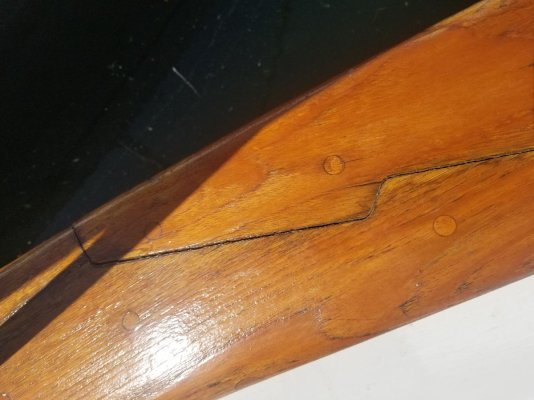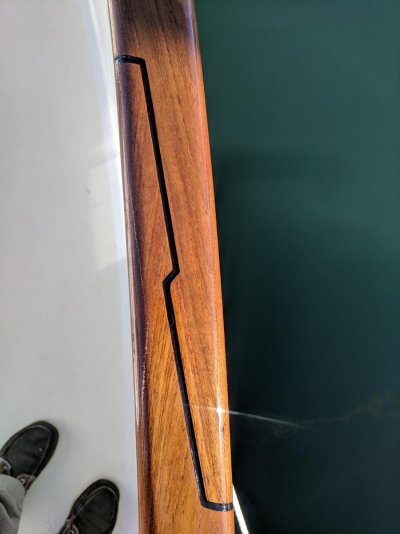catspajaumas
Member
1973 Chb 33 Lapaz.. The teak rails are joined together with what looks like glue. Problem is the joints have seperated.
What should I use to seal the gaps?
Teak deck systems like I have on the deck floor?
There are total of 7 joints.
Suggestions please.
Thanks in advance.
What should I use to seal the gaps?
Teak deck systems like I have on the deck floor?
There are total of 7 joints.
Suggestions please.
Thanks in advance.


